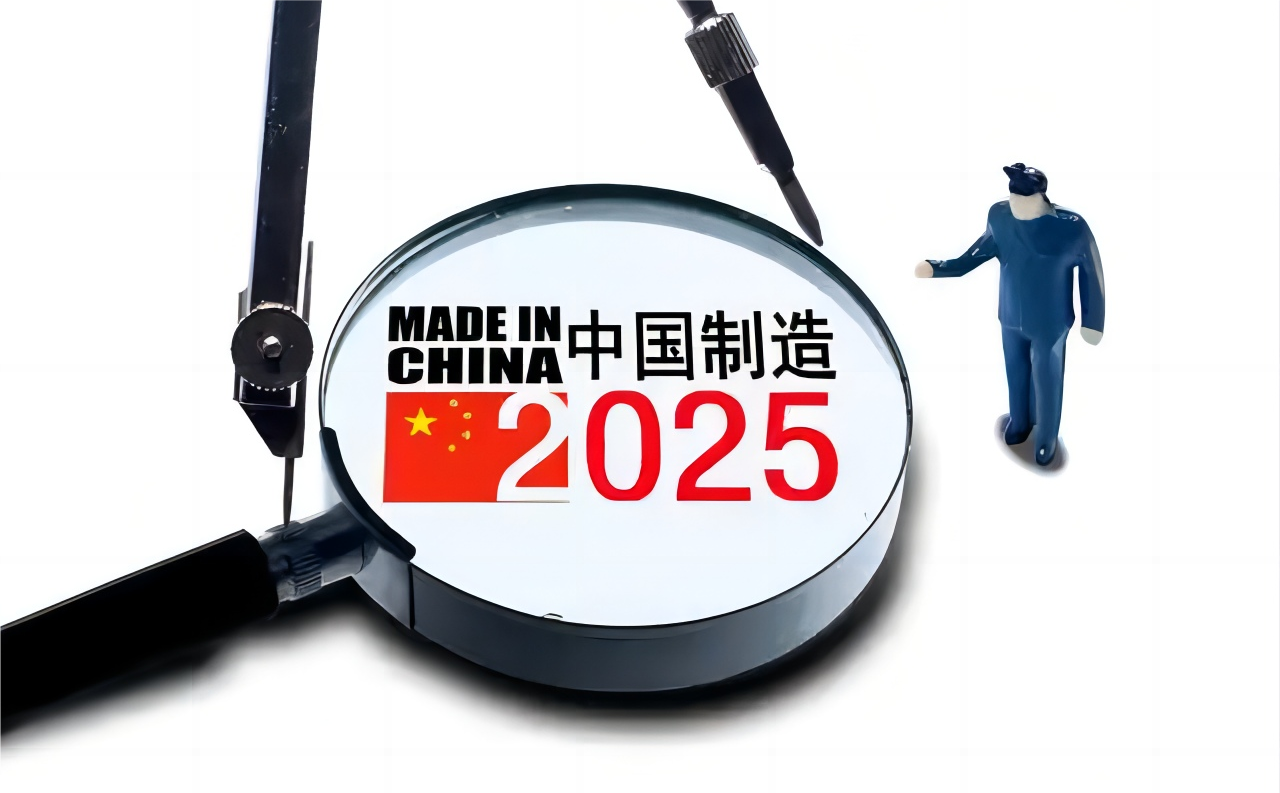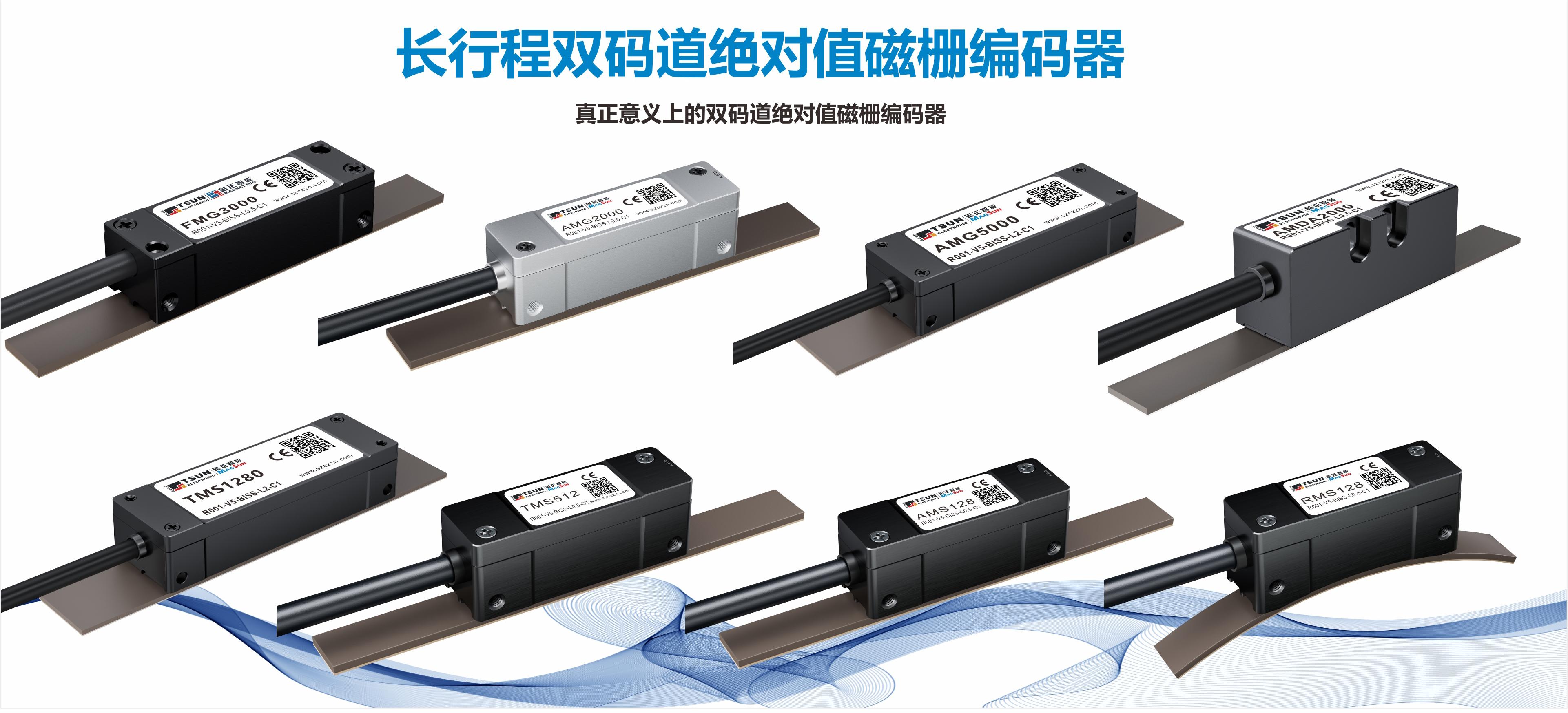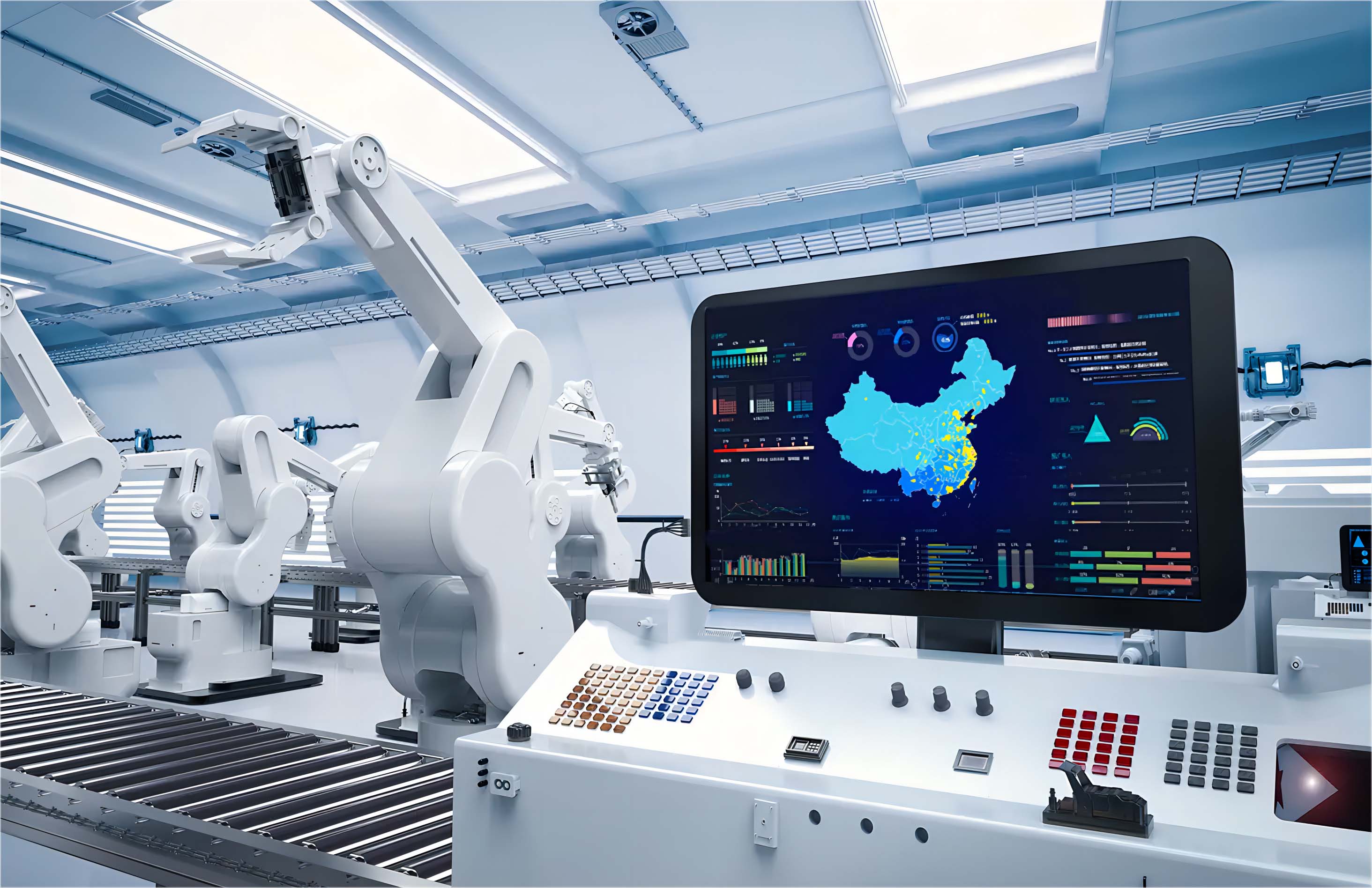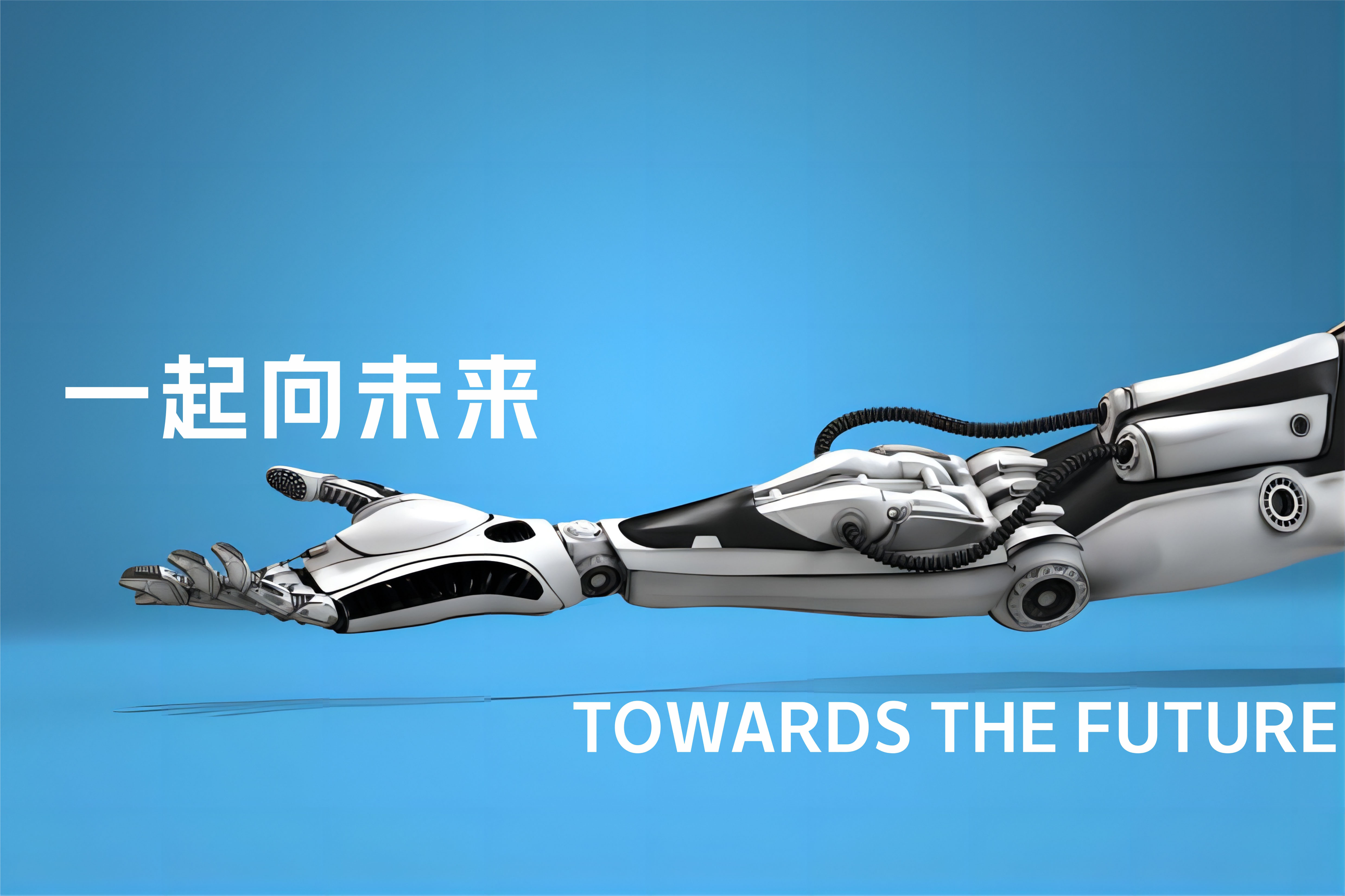Today, with the vigorous development of industrial automation and intelligent manufacturing, magnetic sensors, as key basic components, their technical level is directly related to the upgrading process of the entire manufacturing industry. For a long time, China's magnetic sensor industry has been trapped in a "low-end internal competition" predicament: over 90% of the high-end market share is monopolized by German and Japanese enterprises, while hundreds of domestic manufacturers are engaged in fierce price wars in the remaining mid-to-low-end market, resulting in severe product homogeneity and a continuous decline in profit margins. How to break through this predicament? There is only one answer: unswervingly follow the path of "high-end breakthrough".
The magnetic sensor industry in China is facing unprecedented pressure for transformation. In traditional application fields such as household appliances and general motor control,
market competition has become extremely fierce. Take Hall sensors as an example. The unit price of some models has dropped by as much as 70% from 2018 to 2025. Meanwhile,
in high-end fields such as semiconductor equipment, high-end CNC machine tools, and precision instruments, China's self-sufficiency rate of magnetic sensors is less than 20%,
with an annual import value exceeding 5 billion yuan.
Behind this structural contradiction lies a deep-seated problem with the industrial development model. Most domestic enterprises are still at the primary
stage of "reverse engineering + low-cost manufacturing", with their R&D investment generally less than 5% of their revenue, and they rely on imports for key process equipment.
International giants such as TDK and Allegro have been continuously increasing their research and development efforts, building solid technological barriers in cutting-edge fields
like new magnetoresistance materials, ASIC integration, and intelligent diagnosis.

It is imperative to transform the development model. In recent years, a number of innovative enterprises represented by Tianxian Digital Intelligence,
Cizheng Intelligence and Minxin Microelectronics have begun to adjust their strategic directions and concentrate their resources on the high-end market.
They are no longer content with simply replacing imports but are striving for a comprehensive leap in technical indicators. For instance,
the absolute magnetic grating encoder developed by Tianxian Digital Intelligence has approached the international leading level in key indicators such
as resolution (±0.5μm) and temperature stability (±1ppm/℃), successfully entering the semiconductor equipment supply chain.
The development of high-end magnetic sensors is by no means an easy task, requiring the resolution of a series of technical challenges such as materials,
processes, and algorithms. Take vacuum-grade magnetic grating sensors for semiconductor equipment as an example. They must simultaneously meet
strict requirements such as ultra-high vacuum compatibility, radiation resistance, and long-term stability. Any failure to meet these standards may lead
to a decline in the overall performance of the equipment.
Domestic enterprises have adopted various innovative paths to break through these bottlenecks. In terms of materials, some enterprises have developed
new rare earth permanent magnetic composite materials, with the magnetic performance stability improved by 30%. In terms of signal processing,
the AI-based adaptive filtering algorithm significantly improves the signal-to-noise ratio. In terms of structural design, the innovative sealing technology
has solved the lubrication problem in a vacuum environment. These breakthroughs are not merely technological improvements but original innovations
made at the principle level. It is worth noting that high-end breakthroughs are not single-point breakthroughs but systematic innovations. Take the joint
position sensor for robots as an example. It not only requires high-precision Angle measurement but also needs to take into account multiple requirements
such as miniaturization, anti-interference, and low power consumption. This requires enterprises to establish a complete technical chain from materials, chips to algorithms.

The development of high-end magnetic sensors cannot do without the support of the industrial ecosystem. Unlike consumer electronics,
the research and development cycle of industrial-grade sensors is long and the verification threshold is high, which requires close collaboration
between upstream and downstream. In terms of cooperation among industry, academia and research institutions, multiple innovation
consortia have been formed in China. For instance, the Ningbo Institute of Materials Technology and Engineering of the Chinese Academy
of Sciences has jointly established a "Joint Laboratory for Magnetic Materials and Devices" with several sensor enterprises, achieving
significant breakthroughs in the research and development of new magnetoresistive materials. The nanoscale displacement sensor
developed by the Department of Precision Instruments of Tsinghua University in collaboration with the industry has been successfully
applied to the prototype of a domestic photolithography machine.
Industrial chain collaboration is equally crucial. Early collaborative design between semiconductor equipment manufacturers and sensor
suppliers can significantly shorten the product verification cycle. Joint testing by wind turbine manufacturers and sensor enterprises can
rapidly iterate product performance. This deep collaboration model is changing the old pattern of "suppliers responding passively".
The construction of a standard system is another crucial link. In recent years, the National Technical Committee for Standardization of
Magnetic Components and Ferrite Materials has been accelerating the formulation of standards for high-end sensors to guide the orderly
development of the industry. The awareness of enterprises to participate in the formulation of international standards is also increasing.
For instance, leading companies such as Huawei and CRRC are actively incorporating their independent technologies into IEC standards.
The ultimate goal of high-end breakthroughs is to achieve a leap from "following" to "taking the lead". This requires enterprises to be more
forward-looking in their choice of technological routes. Beyond traditional magnetoresistive sensors, quantum magnetic sensors are
emerging as a new technological high ground. This type of sensor utilizes the atomic spin effect and theoretically can achieve unprecedented
precision. Domestic research institutions have made significant progress in areas such as diamond NV color center quantum sensors,
and industrial transformation is accelerating. Intelligence is another important direction. By embedding AI algorithms into sensors,
functions such as self-diagnosis, self-calibration, and self-adaptation can be achieved. The AMG2000 and FMG3000 series absolute value
magnetic grating encoders of Cizheng Intelligence possess powerful AI deep training, dynamic verification, and seamless optimization
capabilities. Huawei's intelligent current sensor, which integrates edge computing capabilities, has been successfully applied in the field
of photovoltaic inverters. An international layout is equally indispensable. Facing the complex international trade environment,
some enterprises have begun to build their global operation capabilities by setting up R&D centers, production bases and other means overseas.
For instance, Hanwei Technology has established a sensor research institute in Munich, Germany, to closely connect with cutting-edge technologies.

The transformation and upgrading of China's magnetic sensor industry reflects the overall trend of the development of China's manufacturing industry.
From low-end manufacturing to high-end creation, from price competition to value competition, and from following and imitating to independent
innovation, although this path is arduous, its prospects are bright.
To achieve a genuine breakthrough, the joint efforts of all parties are needed. Enterprises should be determined to innovate and continuously increase
investment in research and development. The government should improve industrial policies and create an environment conducive to innovation.
It can be foreseen that as more and more enterprises turn to "high-end breakthroughs", China's magnetic sensor industry will witness a qualitative leap.
In strategic fields such as semiconductor equipment, industrial robots, and new energy vehicles, the market share of domestic high-end sensors will
continue to rise. This will not only change the industrial landscape, but also provide a solid support for the high-quality development of China's
manufacturing industry. When Chinese enterprises are no longer content with the petty gains in the low-end market but bravely scale the heights
of technology, the global competitiveness of "Made in China" is bound to reach a new level. The breakthrough path of domestic production of
magnetic sensors is a vivid portrayal of this historical process.